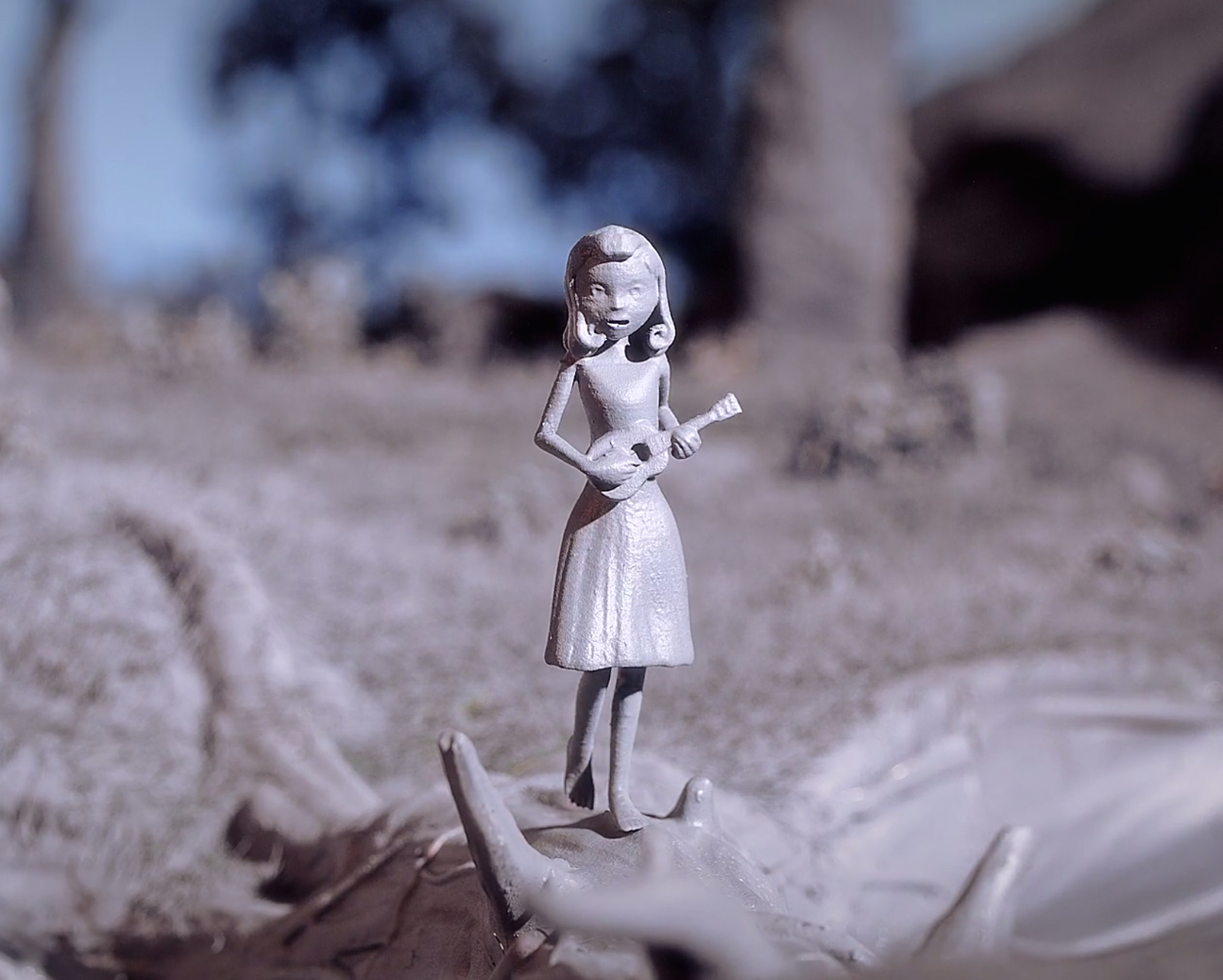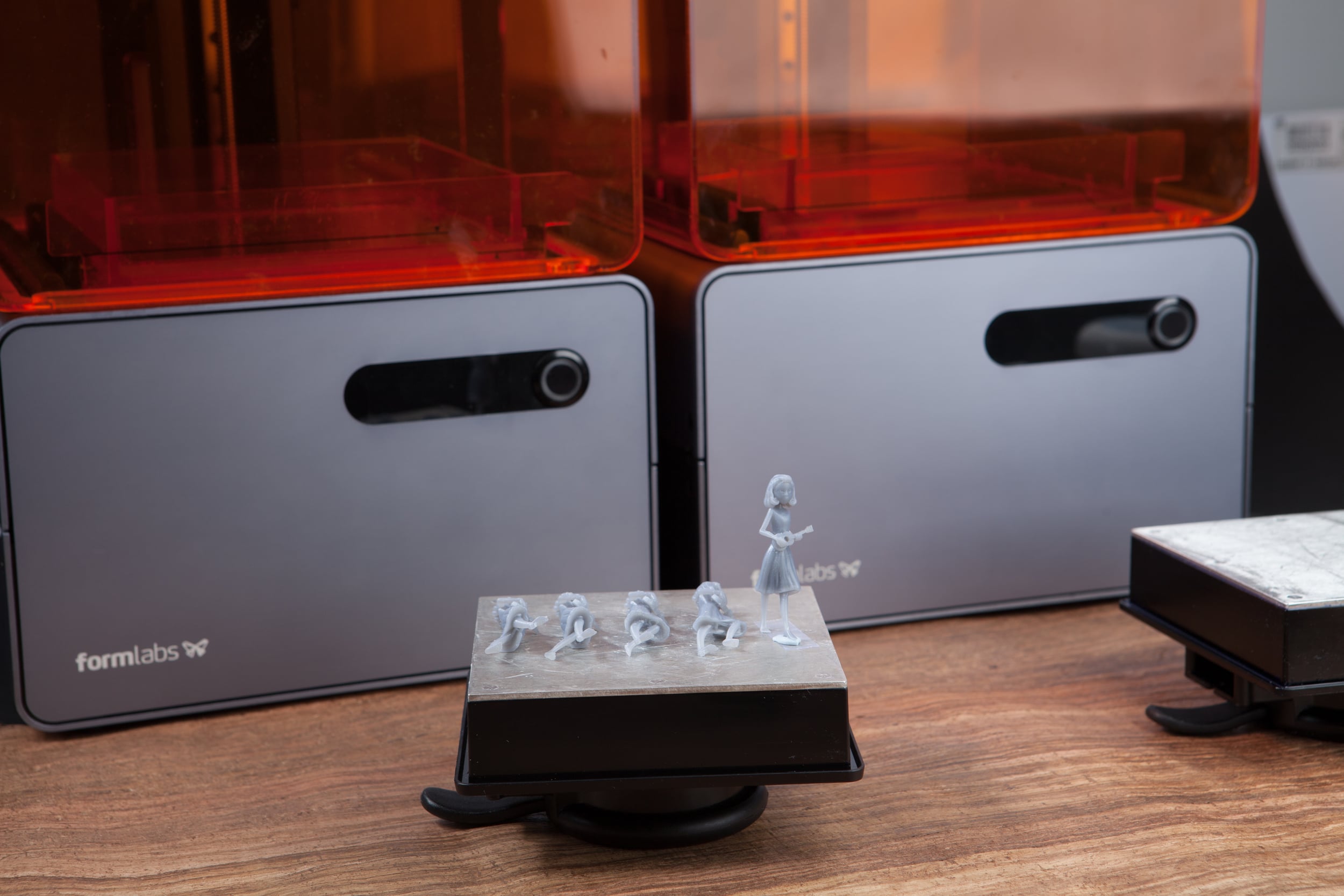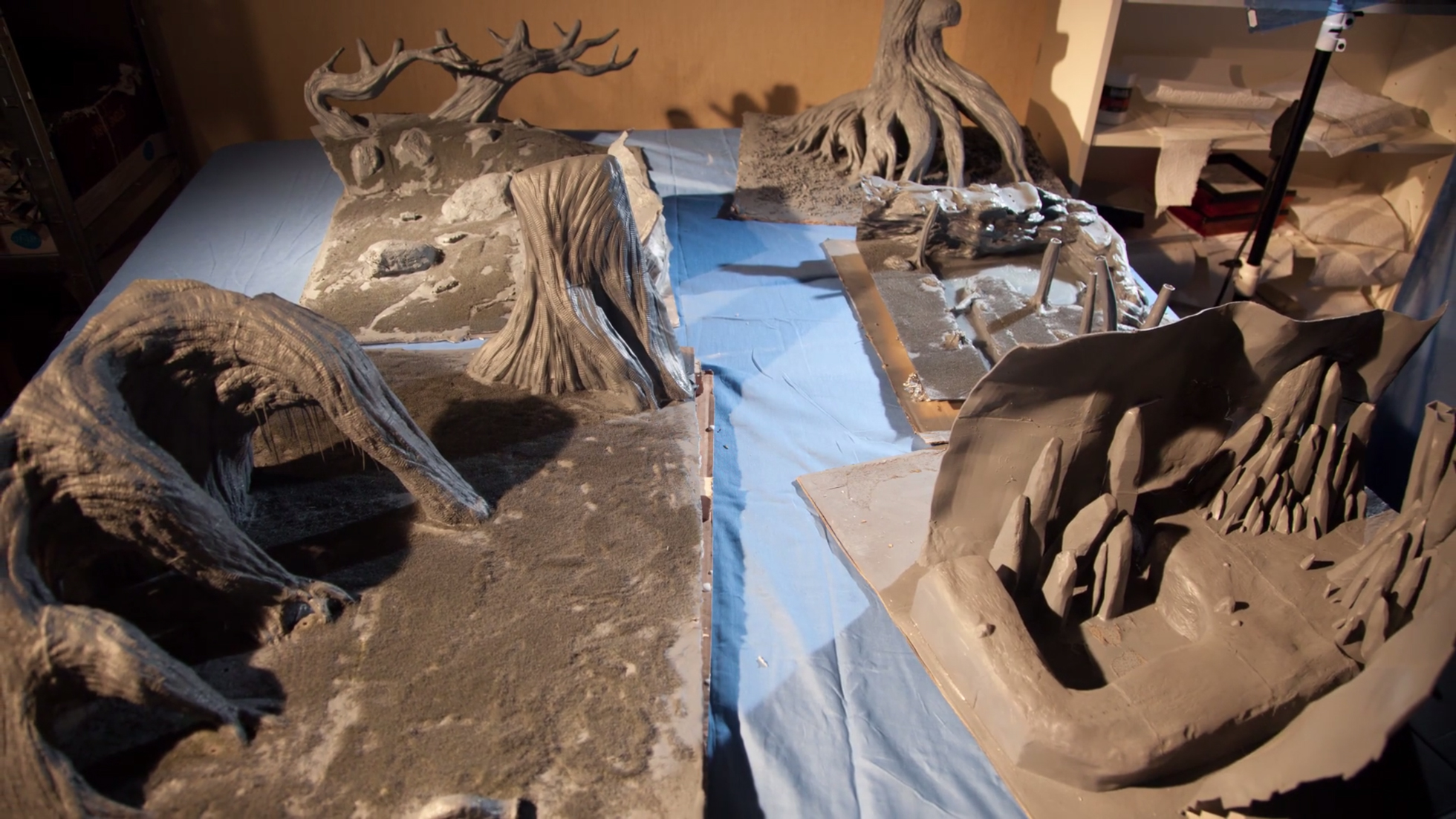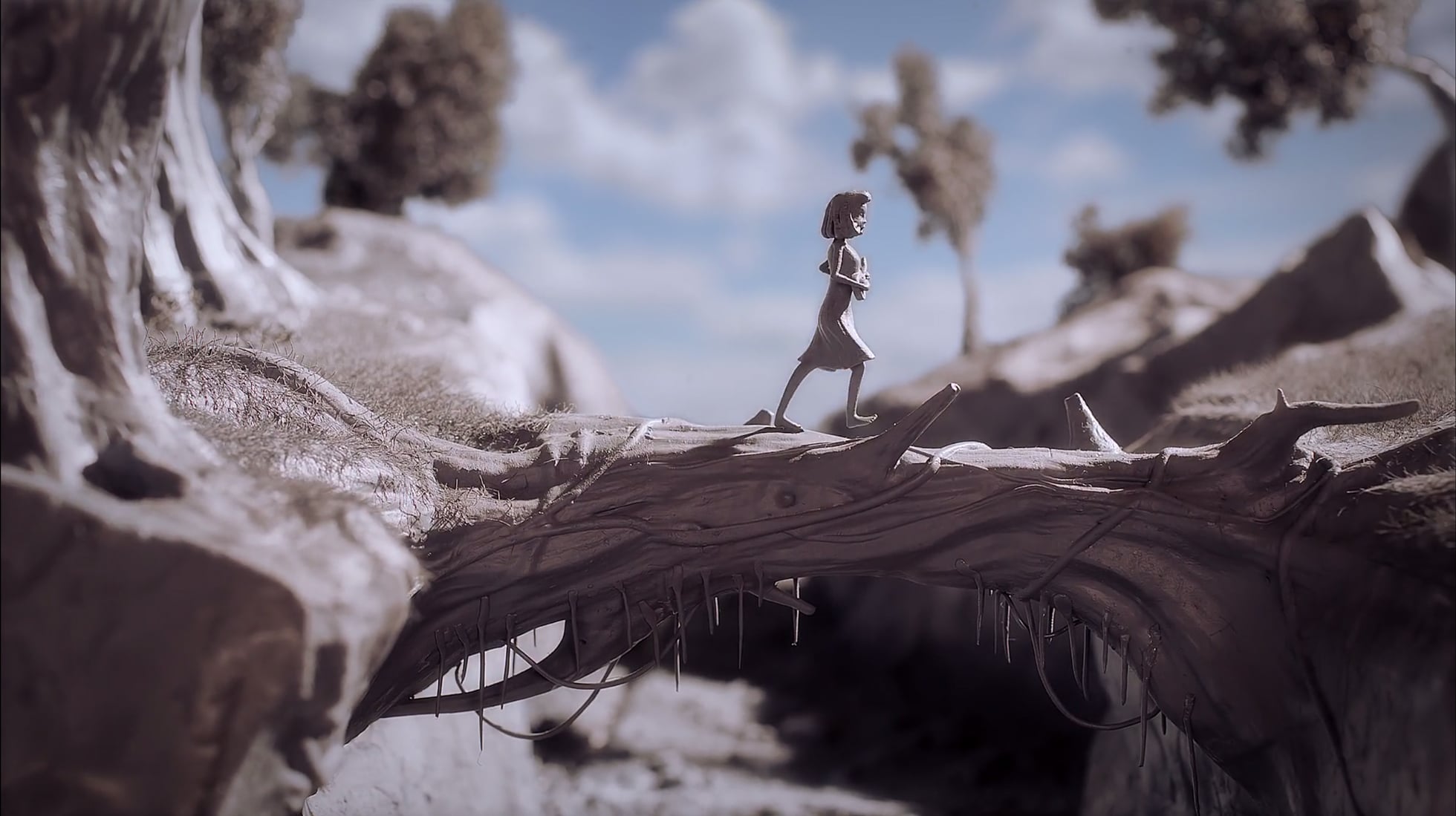The fact that a short film premieres this week is not news, but it is when a 3D printer created all the scenes, it is.
The technique is stop-motion, one long used in film. This time however, the characters, sets, props and scenes were entirely 3D printed on a Formlabs Form 1+.
Paris-based digital animator Gilles-Alexandre Deschaud has long been creating incredible 3D models, which inevitably led to his discovery of 3D printing, with which he hopes to experiment with new techniques.
His latest project is simply to create an entire film using 3D printed stop motion elements. The film is entitled “Chase Me” and will premiere this June at the Annecy International Animation Festival in France. The film’s premise:
This short film follows a ukelele-playing girl who is chased through a dark forest by the monster that emerges from her own shadow.
Deschaud used Formlabs’ latest 3D printer, the Form 1+, to create all the elements used in the film. To put this in perspective, the project required printing 2,500 individual objects at 0.1mm layer size, which took two solid years of printing and an amazing 80 liters of 3D printer resin.
We haven’t been able to view the film yet, but we did manage to see still images from the film (above and top) and behind the scenes where the film was made. Here we see the miniature set where the action takes place.
The printed objects included numerous versions of the main character, posed in slightly different positions to enable stop-motion filming.
All objects are in natural Formlabs grey resin, and were not finished by painting. This obviously lessens the work required to complete the film and also adds an interesting “feel” to the film. It’s not black and white, but has that flavor.
Is this a technique that could become popular? We don’t think so, due to the incredibly long duration required to get the job done. A more efficient method might be to 3D print articulated models that could be rapidly re-posed during shooting, as has been done in some other video efforts. However, by 3D printing the entire character, a more realistic view of the subject is created, which is likely why Deschaud proceeded as he did.
Via Chase Film





